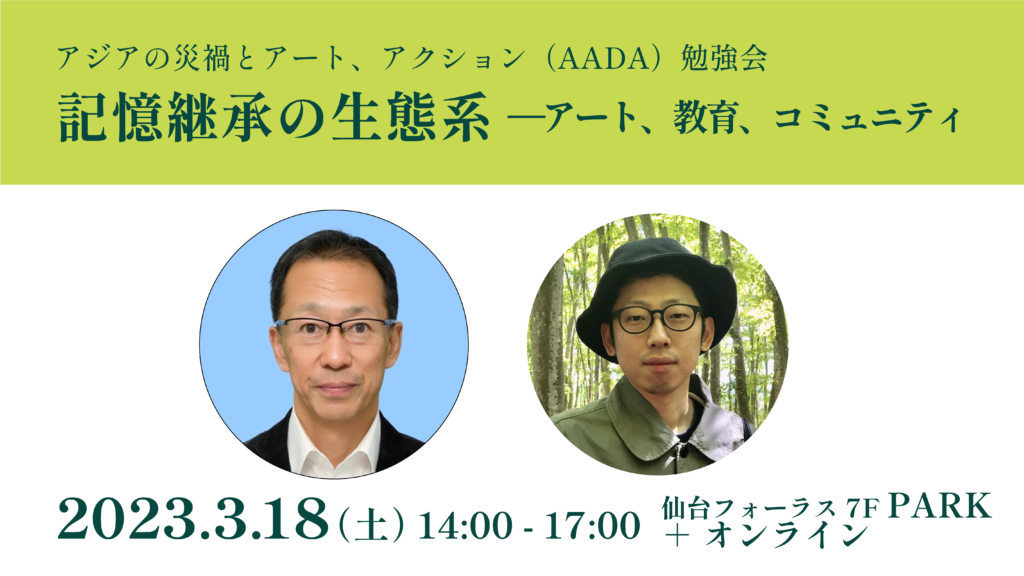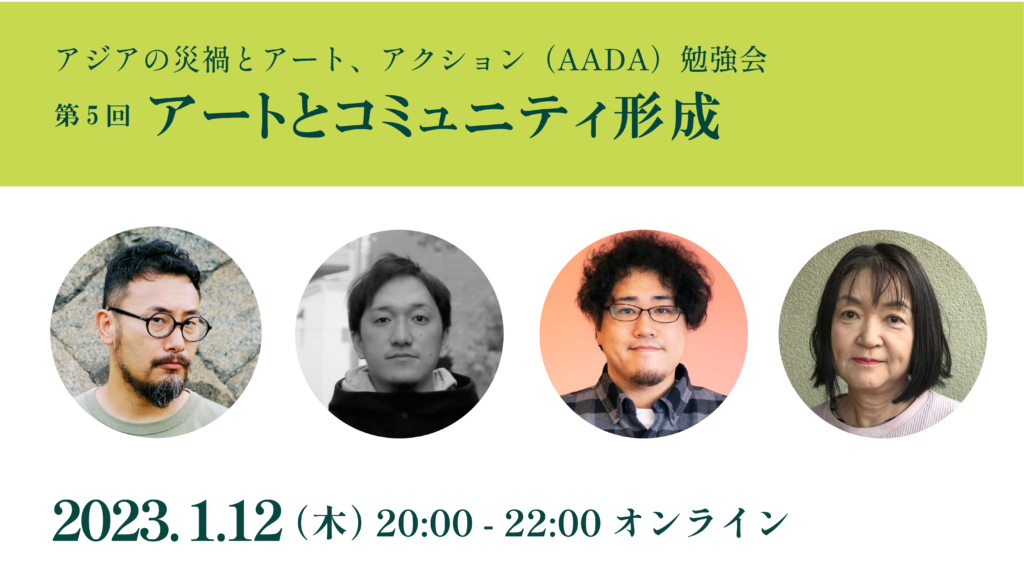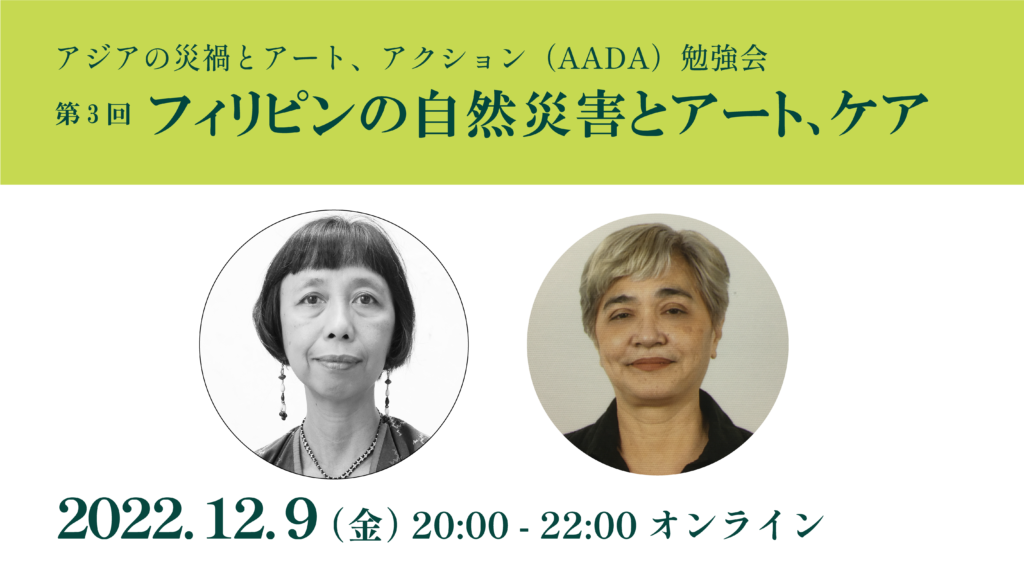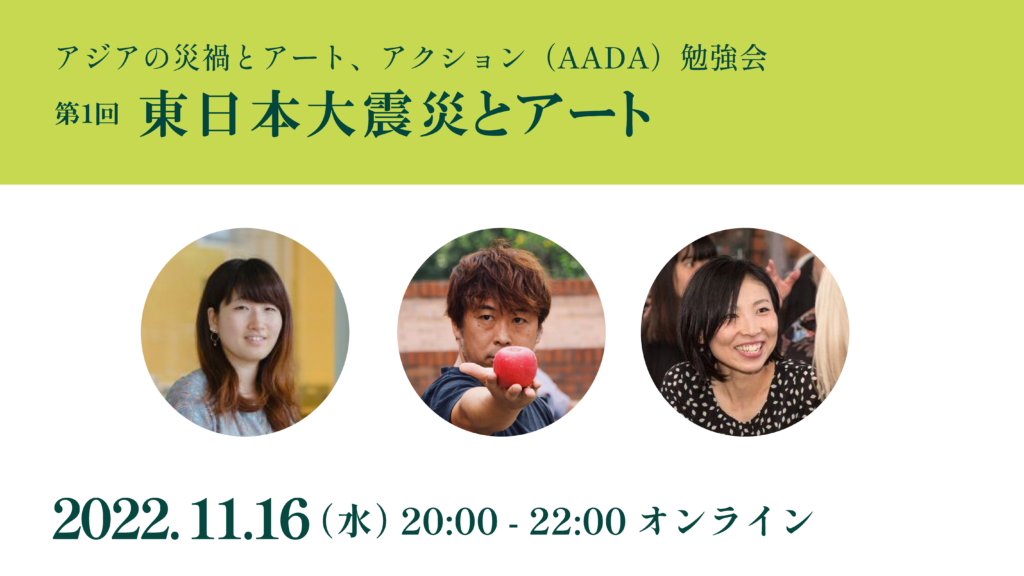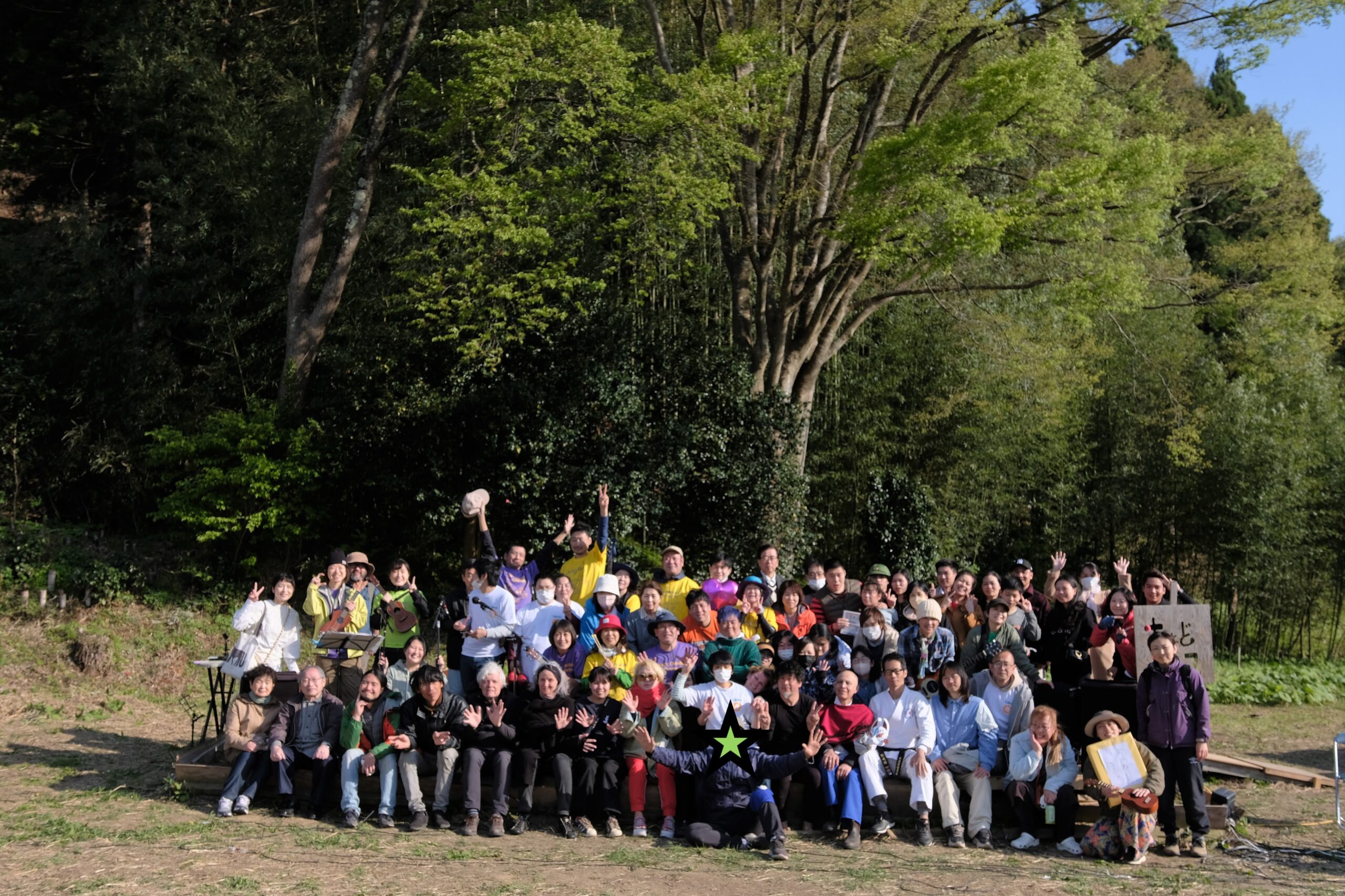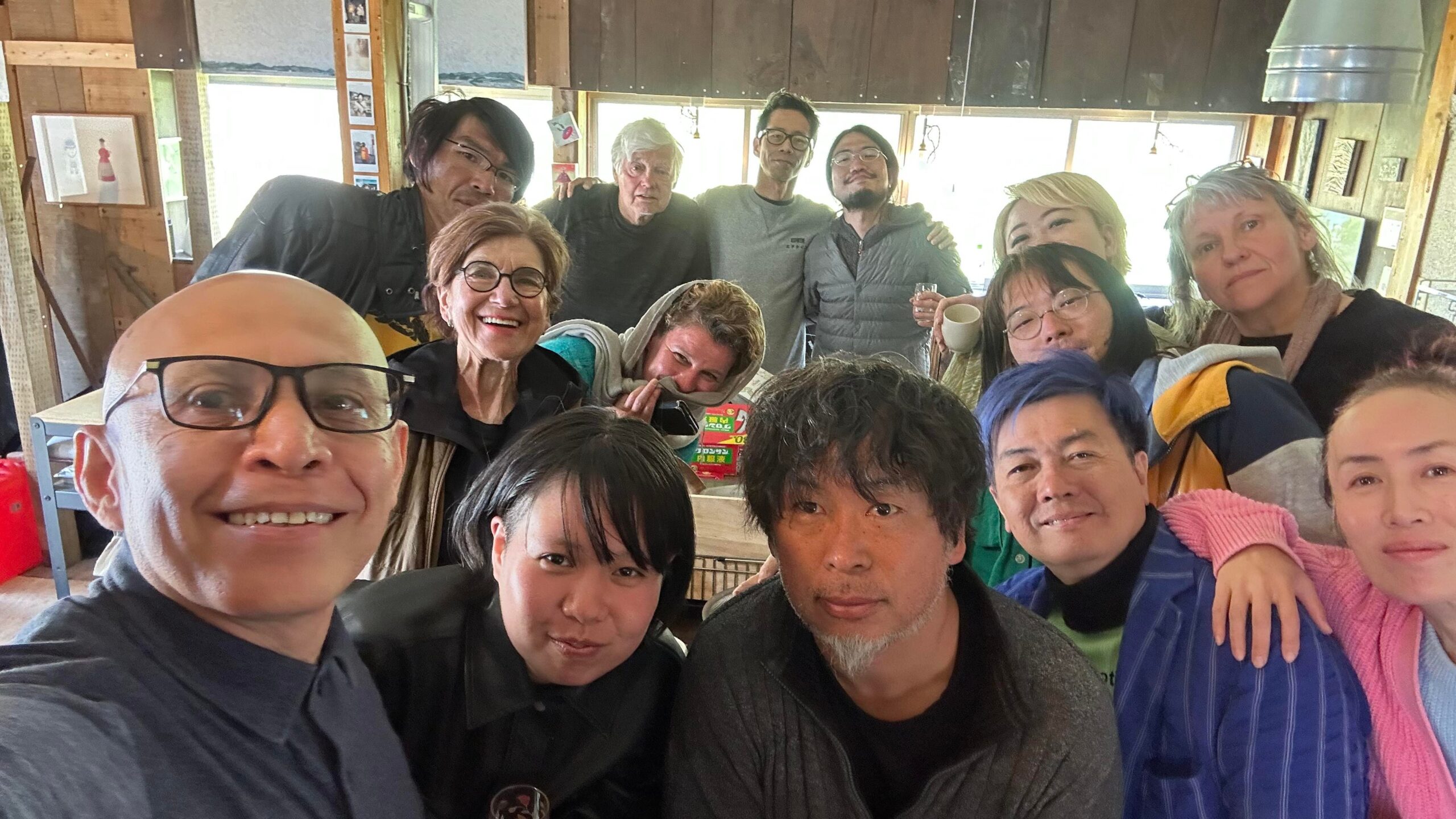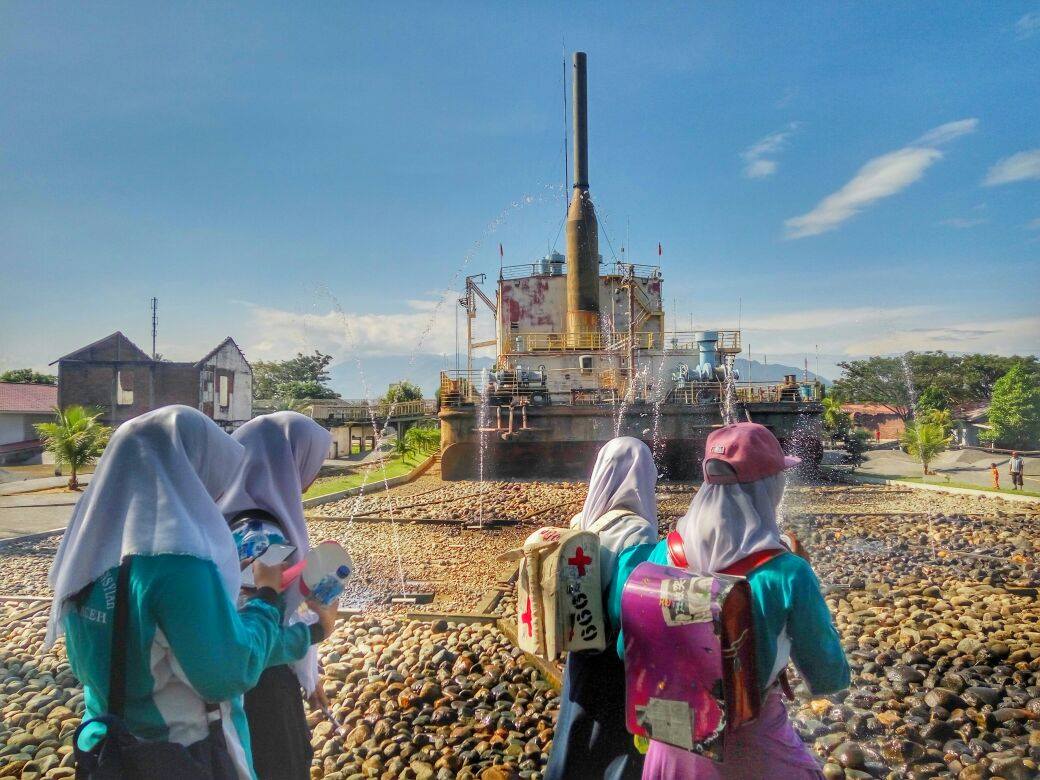Data Library created through collective memories by its citizens
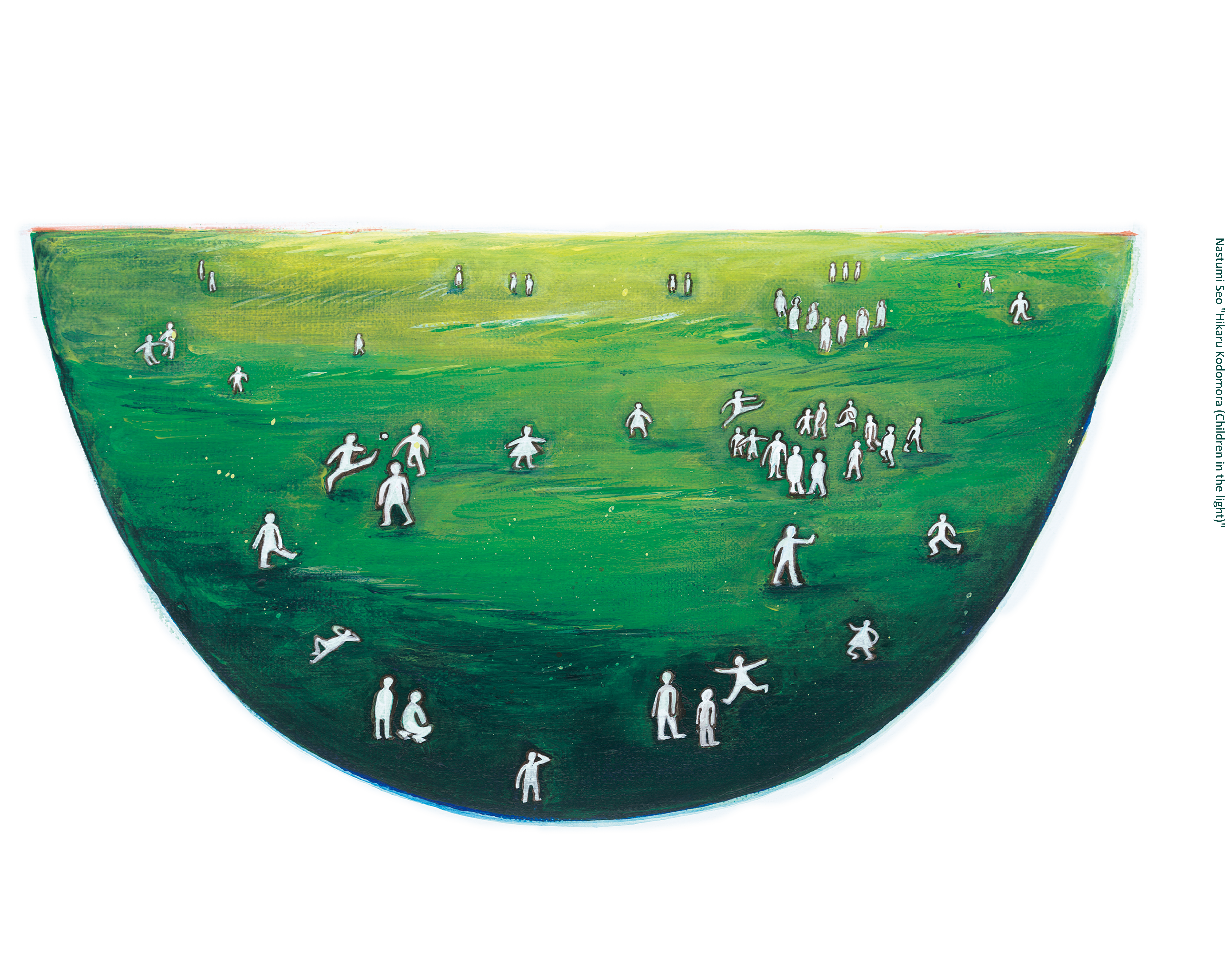
What kind of action does it take to convey the memory of the disasters? Under what conditions can we say that memories have been transmitted?
Generally speaking, disaster folklore museums have the role of long-term preservation of important objects symbolizing the event and valuable testimonies of those who survived the event.
It is based on the way of thinking that memories fixed at a certain point in the past are to be passed on to someone else.
On the other hand, our museum emphasizes the dynamic memories that occur at a particular time and place through interactions between people, objects, and spaces. Our performative museum is to be created through the activities of people recalling and talking about their memories.
There, a diverse range of people, including those who experienced the event and those who did not, interact and share memories not only through language but also through non-verbal art forms.
There has never been a folklore museum with a concept like this.
Is it possible to create a “museum of living memories”?
If it is possible, in what way can it be realized?
We would like to begin the process of exploring these questions by sharing them with you.
Art and Action against Disaster in Asia (AADA) Study Group

From November 2022 to March 2023, we held seven online study sessions and one in-person study session with the aim of establishing a “museum of living memories” where citizens can be proactively involved in memory inheritance. We invited artists, curators, researchers, activists, educators, and others who are taking action against disasters not only to deal with the Great East Japan Earthquake, but also other natural disasters in other regions, wars, and pollution, and asked them to share their practical and theoretical experiences.
Planning: Natsumi Seo, Chie Kajiwara
Observer: Jun Yamana
MC: Chie Kajiwara
Management: Daisuke Takeya
Subsidies: 3.11 Memorial Network Fund 2022, 2020 subsidy for mental recovery support projects by NPOs.
Recent activity Reports (currently only in Japanese language)
-
 test
test -
 アジアの災禍とアート、アクション勉強会 第8回「記憶継承の生態系-アート、教育、コミュニティ」
アジアの災禍とアート、アクション勉強会 第8回「記憶継承の生態系-アート、教育、コミュニティ」 -
 アジアの災禍とアート、アクション勉強会 第7回「震災遺構と展示が伝えるもの」
アジアの災禍とアート、アクション勉強会 第7回「震災遺構と展示が伝えるもの」 -
 アジアの災禍とアート、アクション勉強会 第6回「阪神・淡路大震災とアート」
アジアの災禍とアート、アクション勉強会 第6回「阪神・淡路大震災とアート」 -
 アジアの災禍とアート、アクション勉強会 第5回 「コミュニティ形成とアート」
アジアの災禍とアート、アクション勉強会 第5回 「コミュニティ形成とアート」 -
 アジアの災禍とアート、アクション勉強会 第4回 「記憶の継承とアート-できたこと、できなかったこと」
アジアの災禍とアート、アクション勉強会 第4回 「記憶の継承とアート-できたこと、できなかったこと」 -
 アジアの災禍とアート、アクション勉強会 第3回 「フィリピンの自然災害-アートとケア」
アジアの災禍とアート、アクション勉強会 第3回 「フィリピンの自然災害-アートとケア」 -
 アジアの災禍とアート、アクション勉強会 第2回「インドネシアの公害-アートとコミュニティ形成」
アジアの災禍とアート、アクション勉強会 第2回「インドネシアの公害-アートとコミュニティ形成」 -
 アジアの災禍とアート、アクション勉強会 第1回 「東日本大震災とアート」
アジアの災禍とアート、アクション勉強会 第1回 「東日本大震災とアート」

